Search
01241 FAILURE ANALYSIS OF CRACKED REDUCER FLANGE
Also Purchased
07450 FAILURE ANALYSIS AND INVESTIGATION METHODS FOR BOILER TUBE FAILURES
Product Number:
51300-07450-SG
ISBN:
07450 2007 CP
Publication Date:
2007
$20.00
03053 INVESTIGATION AND ANALYSIS OF LINING FAILURE
Product Number:
51300-03053-SG
ISBN:
03053 2003 CP
$20.00
03569 MICROBIOLOGICALLY INDUCED CORROSION OF COPPER PIPING SYSTEM - FAILURE ANALYSIS
Product Number:
51300-03569-SG
ISBN:
03569 2003 CP
$20.00
Recently viewed




